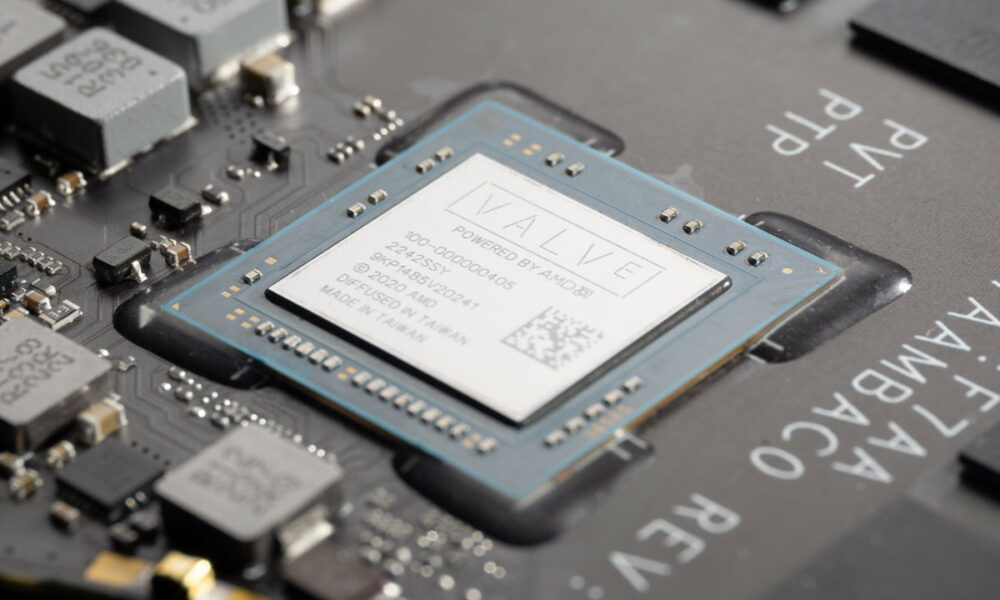They break down the APU Steam Deck in maximum detail
- December 28, 2023
- 0
Hardware photographer Fritzchens Fritz and well-known YouTuber High Yield have teamed up to show us in depth the innards of the APU Steam Deckthe main hardware engine for
Hardware photographer Fritzchens Fritz and well-known YouTuber High Yield have teamed up to show us in depth the innards of the APU Steam Deckthe main hardware engine for

Hardware photographer Fritzchens Fritz and well-known YouTuber High Yield have teamed up to show us in depth the innards of the APU Steam Deckthe main hardware engine for Valve’s handheld game engine.
You already know that the portable console market is experiencing a “new youth” and a large part of that is due to Valve’s design. Although the Nintendo Switch’s ability to play on the go has been praised since its launch and Chinese specialists such as ONE or AYA already had good machines on the market, the success of the Steam Deck brought other major companies such as ASUS, Lenovo, Logitech, Razer or Sony to enter (each with its own design ) to a market with great potential.
Analysts estimate that Valve will be sold 3 million units Steam Deck when 2023 ends. Not bad, as only Nintendo’s Switch would surpass it in its segment. It recently launched a new version with an OLED screen, and Steam Deck 2 is surely already in development.
Like other console manufacturers, Valve worked with AMD to produce its own “accelerated processing unit” as the hardware engine for the original version of its machine. It is a APU Van Gogh produced in 7 nm technological processes and composed of a Zen 2 CPU with four cores and eight threads, an RDNA 2-based GPU with eight computing units and a 128-bit LPDDR5 memory interface.

Analysis of the chip in question shows that the CPU occupies only 12.4 percent of the total die size, while the GPU represents only 10.9 percent of the entire silicon area. Combined, The CPU and GPU are less than a quarter of the size of the chip. What is the rest for?

Everything related to I/O interfaces, rendering backends, caches, and controllers fills other areas, but still there is a “mysterious region” which is not known for certain what it does. High Yield speculates that it could be the rendering engine for the AR headset, Magic Leap. In theory, if this computer vision engine wasn’t physically disabled on the Steam Deck, it might be possible to enable it via firmware or BIOS modifications. We don’t think it would be too useful, but if it was, the console could be used as a portable AI accelerator.
Let’s say the new Steam Deck OLED has a different APU, 20% smaller than the original model. If you are interested, you can view the complete images of the chip at Flickr and a more detailed technical analysis of the High Yield YouTube channel, the video of which we leave you with.
Source: Muy Computer
Donald Salinas is an experienced automobile journalist and writer for Div Bracket. He brings his readers the latest news and developments from the world of automobiles, offering a unique and knowledgeable perspective on the latest trends and innovations in the automotive industry.